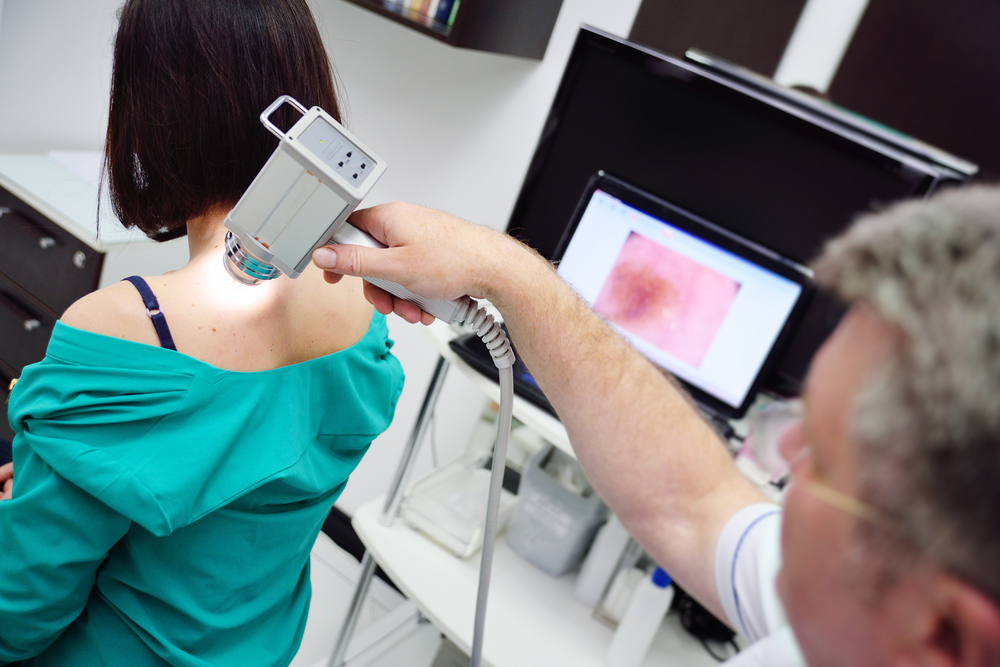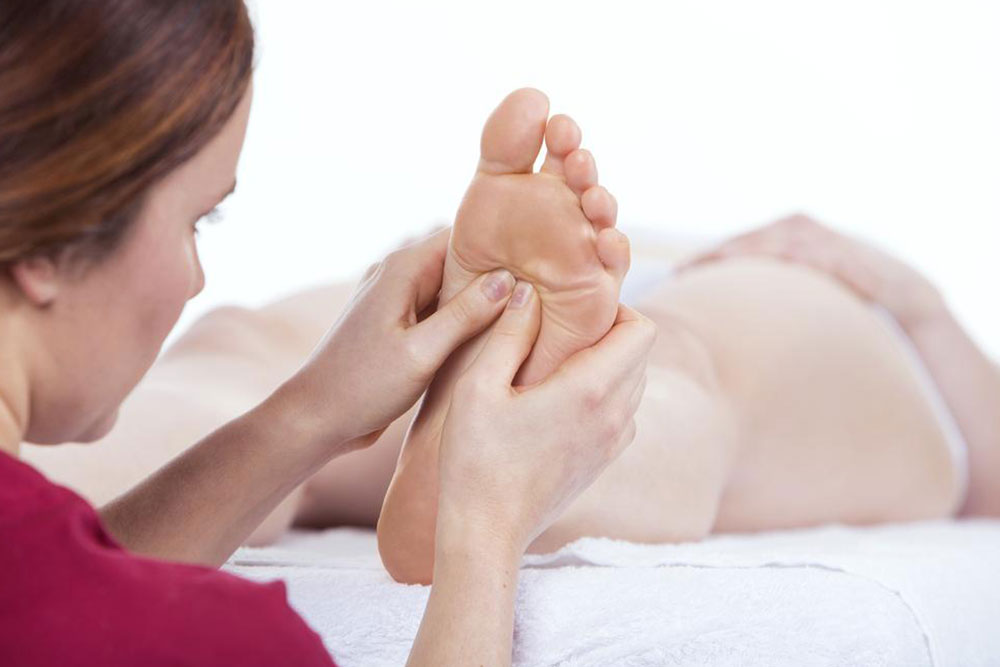Effective Strategies for Managing Seborrheic Keratosis
Discover effective and safe methods for treating seborrheic keratosis, including cryotherapy, electrosurgery, curettage, and laser ablation. Learn when and why to opt for these procedures, especially if lesions cause discomfort or psychological stress. Consult healthcare professionals for personalized care and effective management of benign skin growths, ensuring minimal scarring and optimal skin health.

Effective Strategies for Managing Seborrheic Keratosis
Seborrheic keratosis, also called seborrheic warts or basal cell papilloma, is a benign skin tumor that mimics skin cancer. These lesions typically develop in adults after middle age and are non-contagious. They can appear as solitary or clustered growths on the back, chest, face, or shoulders, with colors ranging from pale tan to black or brown. Removal options vary based on size and location, including both invasive and non-invasive methods.
Small growths often respond well to natural, non-invasive treatments, while larger or symptomatic lesions may require medical intervention. Symptoms like irritation or itching may also necessitate removal. Possible treatment options include:
Cryotherapy: Applying liquid nitrogen with a swab or spray freezes the growth, causing it to fall off within days. A blister may form but will dry and crust over before falling away.
Electrosurgery: Using an electric current, the doctor cauterizes or burns the lesion under local anesthesia.
Curettage: Scraping the growth with a specialized scoop-shaped instrument, often combined with electrosurgery for effective removal.
Laser Ablation: A laser vaporizes the lesion, a technique that is less common and can be costlier but effective for precise removal.
Physicians recommend these treatments primarily when the lesions cause discomfort, irritation, or psychological distress. Post-treatment, the treated area may appear lighter, and new growths might develop nearby. Consulting a healthcare professional is essential if similar symptoms emerge or if removal is considered.










